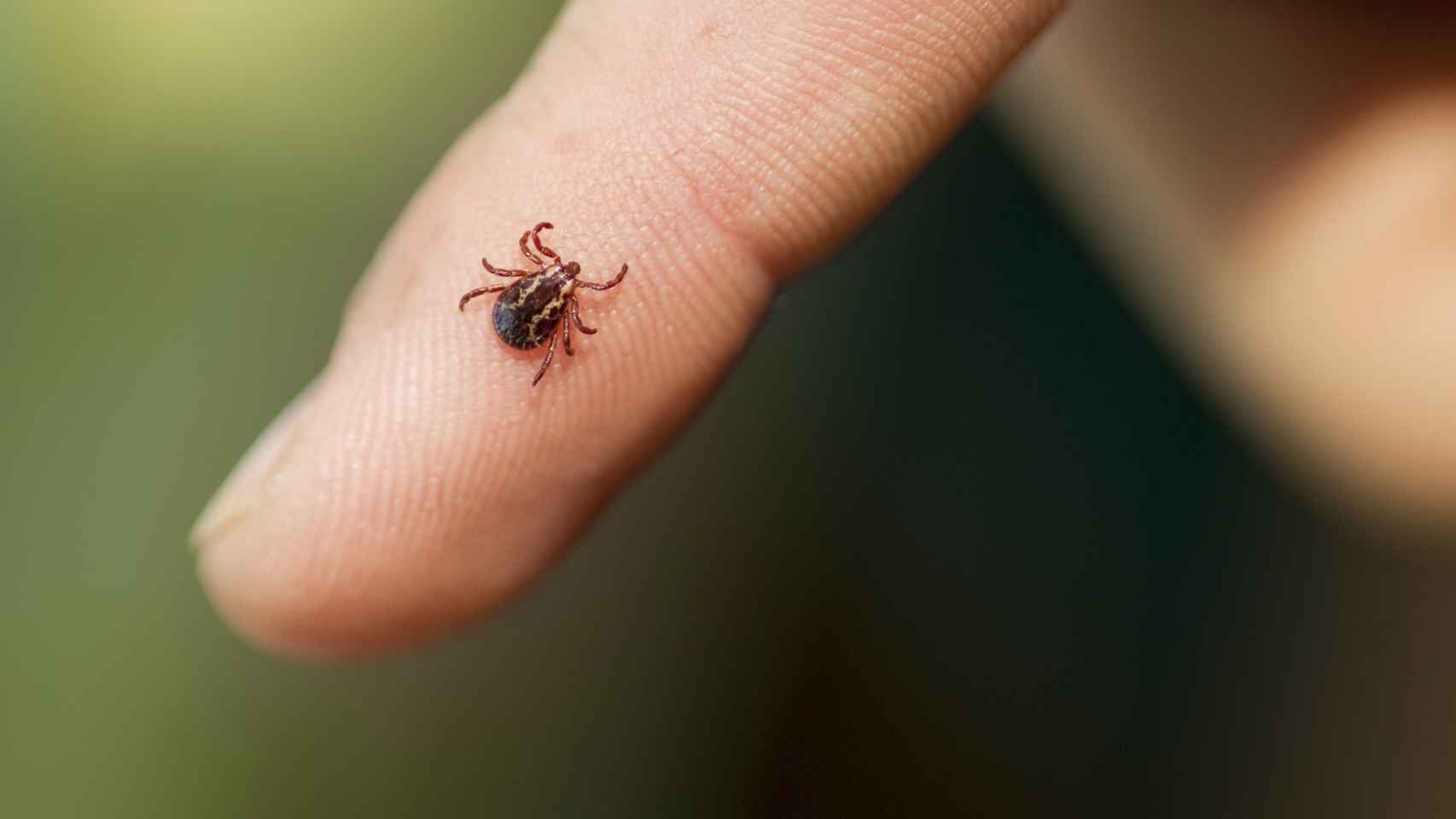In Spain, a fifth person has died from Crimean-Congo fever in 10 years: “It is already endemic”

The death of an elderly man from Crimean-Congo hemorrhagic fever after being bitten by a tick in Salamanca this Wednesday highlights that the disease has taken root in several areas of our country in just over a decade and must be taken seriously.
“It is already endemic in Spain, in the region of Castile and León, Extremadura, the Madrid mountains, and we have just discovered it in Bierzo,” he explains. Francisco Javier MembrilloVice President and Representative of the Spanish Society of Infectious Diseases and Clinical Microbiology (Seimc).
“It is increasing. We must keep in mind that this is a zoonosis, it is transmitted through a tick bite,” he continues. “Climate change in recent years has led to an excessive increase in the tick population. and changes in the migratory routes of birds,” facilitating the penetration of the virus into these latitudes.
(Ramon, a tobacconist who died from a lost tick in Avila.)
On April 27, the Castile and León Ministry of Health confirmed a case of Crimean-Congo hemorrhagic fever resulting from a tick bite in an elderly man hospitalized in Salamanca.
The center has established a procedure for such cases – isolation and contact tracing. Although his position was stable within the limits of gravity, He eventually got worse and died on May 1st..
Fever is caused by a virus of the genus Naiovirus Transmitted to humans mainly through the bites of ticks of the genus Gialomma, present in migratory birds, foxes, wild boars and dogs.
This is why farmers, ranchers or hunters in endemic areas are most susceptible to infection. But like other hemorrhagic fevers (Ebola and Marburg viruses), it can also be transmitted through contact with liquids, and therefore health care workers caring for patients can become infected.
(Diseases Ticks Can Transmit to Your Dog)
The virus was first discovered in Spain in 2010 in Caceres, near the border with Portugal. Probably introduced via migratory birds with attached infected ticks., or by importing livestock with the same problem. But the first two cases were only reported in 2016, although a retrospective analysis dates the first to 2013 in Avila.
Two more cases were confirmed in 2018 (in Badajoz and Salamanca), and three in 2020 (in Salamanca). In 2021, two were diagnosed (in Salamanca and Leon), the same number as in 2022 (in Leon, El Bierzo region).
Although the fatality rate of the virus ranges from 3% to 40%, according to research, over a decade, 13 cases and 5 deaths have been confirmed in our country, including a nurse who became infected while caring for a patient.
“Only later did it become clear that it was Crimean-Congo hemorrhagic fever,” Membrillo recalls.
(They are calling for extreme precautions in the face of an “explosive” increase in tick numbers in Spain.)
Most symptomatic cases have a mild clinical picture, lasting about five days, with fever, headache, myalgia and dizziness. Only in isolated cases does the disease develop into a serious condition with hemorrhagic manifestations on the skin and mucous membranes.
Membrillo explains that a recent study in Bierzo showed that not only ticks of this genus Gialomma contained the virus, but “10% of other genera also have it, which means We are faced with an endemic disease in which we are discovering more and more cases that can lead to death.“.
And this, he points out, “is due to the fact that we are the only country in the European Union that does not specialize in infectious diseases, which puts us in a position of distinct weakness in the face of these emerging threats.”
No vaccine or treatment
However, Adrian Aguinagaldemember of the Spanish Society of Preventive Medicine, Public Health and Health Management (Sempspgs), explains that given current evidence, “the correct term would not be endemic.”
“Pliers Gialomma They are distributed throughout the peninsula. There are favorable climatic and environmental factors and the virus circulates freely among wild animals.“, he notes.
Thus, “one can expect that between May and August, in areas with the highest sero-detection among those most at risk (people in contact with animals or engaged in rural recreational activities), isolated sporadic cases will occur until the moment.”
(Ebola: what are the symptoms, how is it transmitted and how deadly is the disease?)
Spain is not the only country where the virus is present. Crimean-Congo hemorrhagic fever is endemic in Africa, the Middle East and Asia, always below 50 degrees north latitude. In Europe, there were cases in Bulgaria, Greece, Albania, Kosovo and Ukraine.
There is no vaccine or specific treatment for this disease, but since 1990, human immunoglobulins have been used as prophylaxis in personnel exposed to infected people, patients with suspected hemorrhagic fever, and confirmed cases.
The latest report from the Emergency Alert Coordination Center on this topic in August 2022 considered that the risk of more sporadic cases of hemorrhagic fevers in tick-infested areas Gialomma It was moderate, although the impact of the disease will be low as “the number of cases will not be high and adequate means of isolation and case control are available.”
(From Ebola to SARS: five viruses that escaped from the laboratory in the last century)
However, like Membrillo, Agginagalde also warns of the risk of not paying attention to the development of this disease in our country.
“Evidence indicates that temperature, relative humidity and precipitation are associated with disease incidence, given that climatic factors promote reproduction and also influence field activity,” he notes.
“It is precisely because of this Climate change adaptation plans predict that we will have more cases of tick-borne diseases in the future. for example, Crimean-Congo hemorrhagic fever.